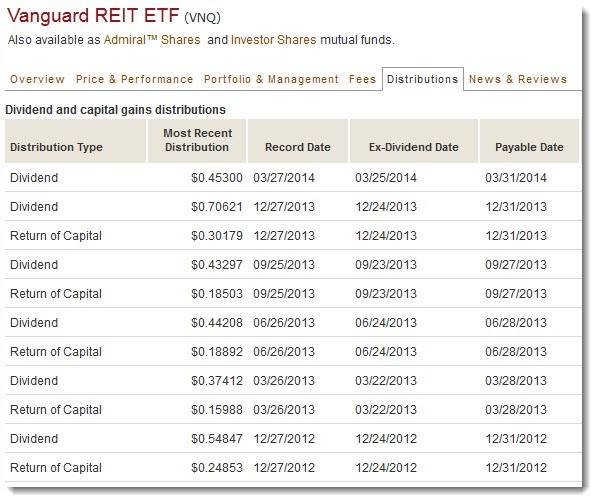More fun with phantom ETF distributions The Globe and Mail
Post on: 22 Июнь, 2015 No Comment

In last week’s column, I looked at reinvested or “phantom” distributions from exchange-traded funds (tgam.ca/EBw9 ). These distributions are often missed by investors, which can result in a bigger tax hit than necessary when they sell their holdings.
Keep in mind that tracking reinvested distributions only matters in non-registered accounts, where these amounts must be added to the adjusted cost base in order to calculate the eventual capital gain (or loss) accurately. Because there are no capital gains taxes in registered accounts, tracking phantom distributions isn’t necessary.
My discount broker calculates the adjusted cost base of my investments. Can’t I just use these “average cost” or “book value” figures?
Not necessarily. BMO InvestorLine, for example, says its “average cost” figures are “provided for informational purposes only and BMO InvestorLine cannot guarantee the completeness or the accuracy of the information.” Calculating average cost “for the purposes of income tax is the responsibility of the client,” it says.
Similarly, TD WebBroker says it “does not guarantee that the Book Value displayed for your non-registered accounts is correct. … You should validate the Book Value based on your account activity statements, trade confirmations and/or your own record keeping before making any investment decisions or reporting on your tax return.”
I double-checked the “average cost” of two of my own holdings with BMO InvestorLine. One was accurate; the other wasn’t.
When my ETF reinvests a distribution, do I end up with more units?
No. After a distribution is reinvested, both the number of units you own and the price of those units remains the same (assuming no change in the market price of the securities held by the ETF). Confused? The important thing to understand is that a distribution, per se, does not create wealth. When an ETF reinvests a distribution (usually from realized capital gains), the distribution is taxed in your hands, but the money goes back into the fund, which is why there is no change in the total value of your investment.
Mutual funds also pay reinvested distributions, but they handle the math a bit differently. Investors receive additional units in the fund, but the price (or net asset value) of the units drops to reflect this. The total value of the investor’s holdings (number of units multiplied by their price) remains the same, just as with an ETF. You’ll find a detailed example under “Distributions & Tax” at ca.ishares.com/misc/faq.htm .
The T3 slip from my broker shows the capital gains from my ETFs, and I just enter this amount on my tax return every year. Why make this more complicated than it has to be?
True, the T3 shows the total capital gains (and other income) that were distributed and are taxable in your hands. What the T3 doesn’t show you, however, is what portion of those capital gains were not actually paid in cash but were reinvested by the ETF. Nor will you find this information in the year-end investment summary from your broker.
You must go to the ETF provider’s website – specifically to the detailed breakdown that lists the cash and reinvested component, if any, for each month’s distribution. As mentioned previously, reinvested distributions must be added to your ACB or you will end up paying more tax than required when you sell.
I asked my discount broker why phantom distributions aren’t broken out separately on the year-end investment summary or T3. I got the following response: “Not including reinvested amounts on ETFs in annual investment summaries/T3 slips is standard across the Canadian financial services industry – so it’s not specific to BMO InvestorLine or the online brokerage industry more generally. This makes it incumbent on the individual investor to be aware of the reinvested distribution information.”
In other words, don’t expect financial institutions to change their reporting any time soon – even though doing so would be a huge help to investors.














